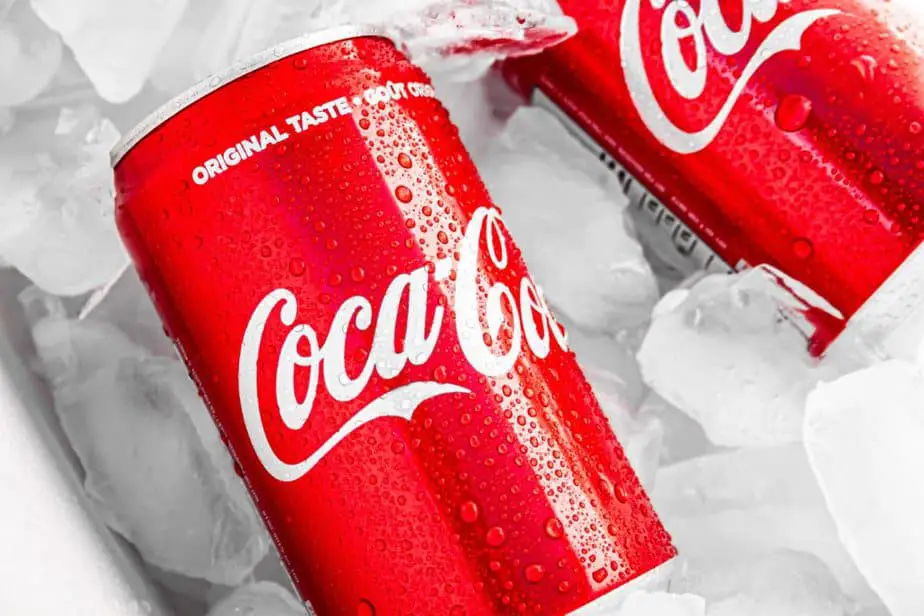
In this article, we will see Coca-cola’s Organizational Structure and everything about Coca-cola.
Introduction
The Coca-cola company was founded by Asa Griggs Candler on 29 January 1892, in Atlanta, Georgia, United States. It is the largest beverage company in the world and it provides unique products to customers worldwide. The company has since grown globally, and today it offers over 500 brand options.
The company now manufactures a wide range of non-alcoholic beverages. Besides its infamous cola drink, it also sells Sprite, Fanta, Thumbs-up, Zero Diet coke, Maaza, Minute maid range of juices, FUZE Iced tea, Lima, Georgia & Georgia gold range of hot and cold coffee options, and many more.
Organizational description
The Coca-cola company operates in over 200 countries, employing 123,200, and in partnership with their bottle employees over 700,000 people. The company has more than 500 brands of a variety of products including carbonated drinks, fruit juice, sports drinks, coffee, and tea. The company’s vision states that it aims to refresh the world to inspire moments of happiness and to create value to make a difference in the world. It maintains strong core competencies such as innovation and creativity and a strong brand image. These competencies relate to their mission statement as they address the goal of global spread.
Organizational Relationships
The company’s organizational structure includes customers, shareowners, employees, and bottling partners. The company must maintain supplier relationships, those who supply ingredients and packaging are known as direct expense suppliers and those who are involved in minion logistics equipment for production IT and many other areas are known as indirect expenses. Group critical suppliers are subscribed by Hellenic Bottling company. They help to fulfill any criteria, such as high percentages spend, limited alternatives, partners supporting their business strategies, and critical components including sweeteners, juices, and resins.
Strategic Context
The company’s one of biggest challenges is to address the shifts to consumer trends. A shift towards a healthier lifestyle and eating habits has revealed a consistent decline in soda sales over the several last years. This has forced the company to become creative in the market, such as smaller cans at higher prices has caused a shift towards healthier beverage products, such as tea and flavored waters. The Coca-cola system creates a large number of jobs in all the countries in the world. For example, Coco-cola implements large youth empowerment and education program in Africa and has created critical programs, such as in Afghanistan, Algeria, Egypt, Jordan, and Morroco.
Organisational Design Challenges
Coca-cola’s global structure has forced the company to restructure and continue to accommodate in control activities. As of last year, Coco-cola restructured its geographic divisions to include the controlling group, such as the Latin and European American group. Coca-cola’s global presence has produced many different products and implementation approaches. The Coca-cola company primarily operates with a centralized structure but has also implemented decentralization in areas where required. For example, Coca-cola aims to provide a culture that promotes creativity and innovation, while providing directions for appropriate actions. An interesting article addresses, Coca-cola’s need for further internal innovation in the workplace, although innovation in the products is what has kept Coca-cola a flow. Critics have pointed to a fact that too much standardization and not enough innovation within the company may reveal an organizational design flaw.
Competition
- Nestlé:- Nestlé maintains a strong brand and consumer interests with the portfolio devised of beverages, snacks, and foods. Interestingly Nestlé and Coca-cola have gone through the process of co-branding, where the brands join with a competitor to promote an event or distribute a product. ‘Nestea’ is a trademark of Nestlé and it is distributed under license by Coca-cola.
- Pepsico:- It is the top competitor for Coca-cola. However, Pepsico has a more diversified portfolio including investment in marketing, snack options, and CSR activities remain some of the company’s strengths.
Inventory Management
Coca-cola’s employees include many different people for the role of inventory management purposes, including inventory analysts and clerks who compare system counts and physical inventories. The company uses its barcode software for establishing product levels across various vending machines stores. The bottling partners use inventory models such as economic or quantity models to remain efficient. Another interesting inventory management technique is that the Coca-cola company has recently been introduced to a digital signing system powered by Google.
Supply-Chain Analysis
Coca-cola’s supply chain analysis begins with its relationships with suppliers who provide the ingredients for all products. The company then produces syrups and other beverage bases which are sold to their bottling partners, headed by the bottling investments group.
Conclusion
The Coca-cola company is a global enterprise that has gained success from its organizational design and strategic initiative over the years. The company remains committed to offering highly-valued products to consumers while trying to maintain a sustainable environment. The success of the Coca-cola company can be understood through its organizational environment and many relationships it has developed, its innovation in response to high competition, and the strategic initiatives it develops.